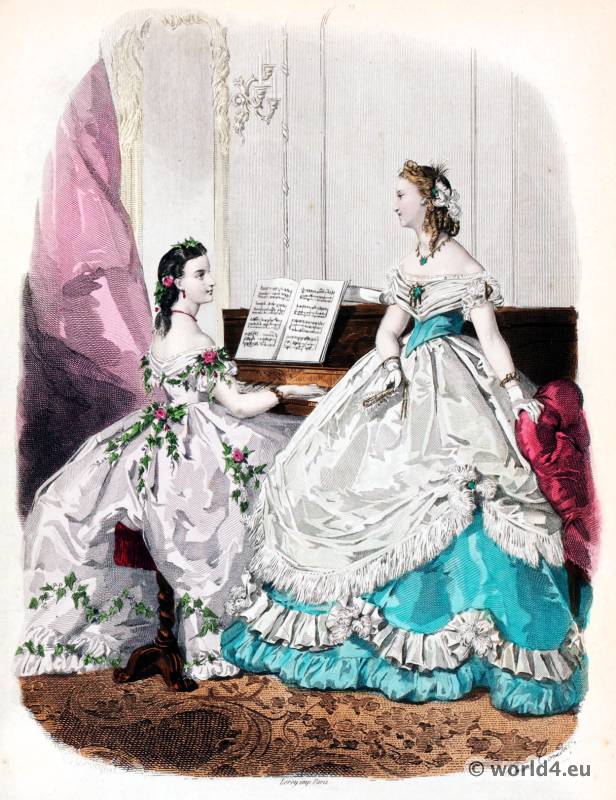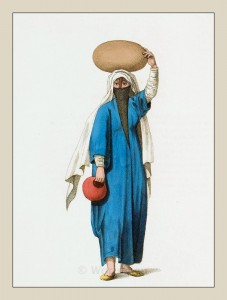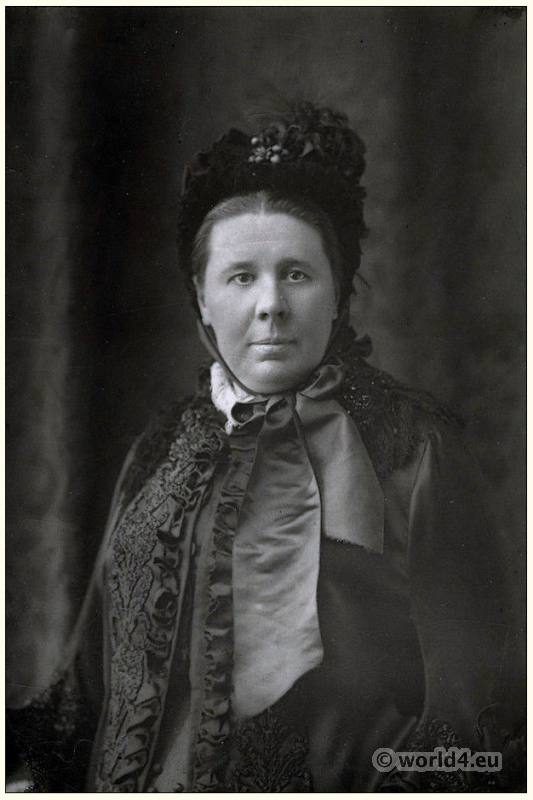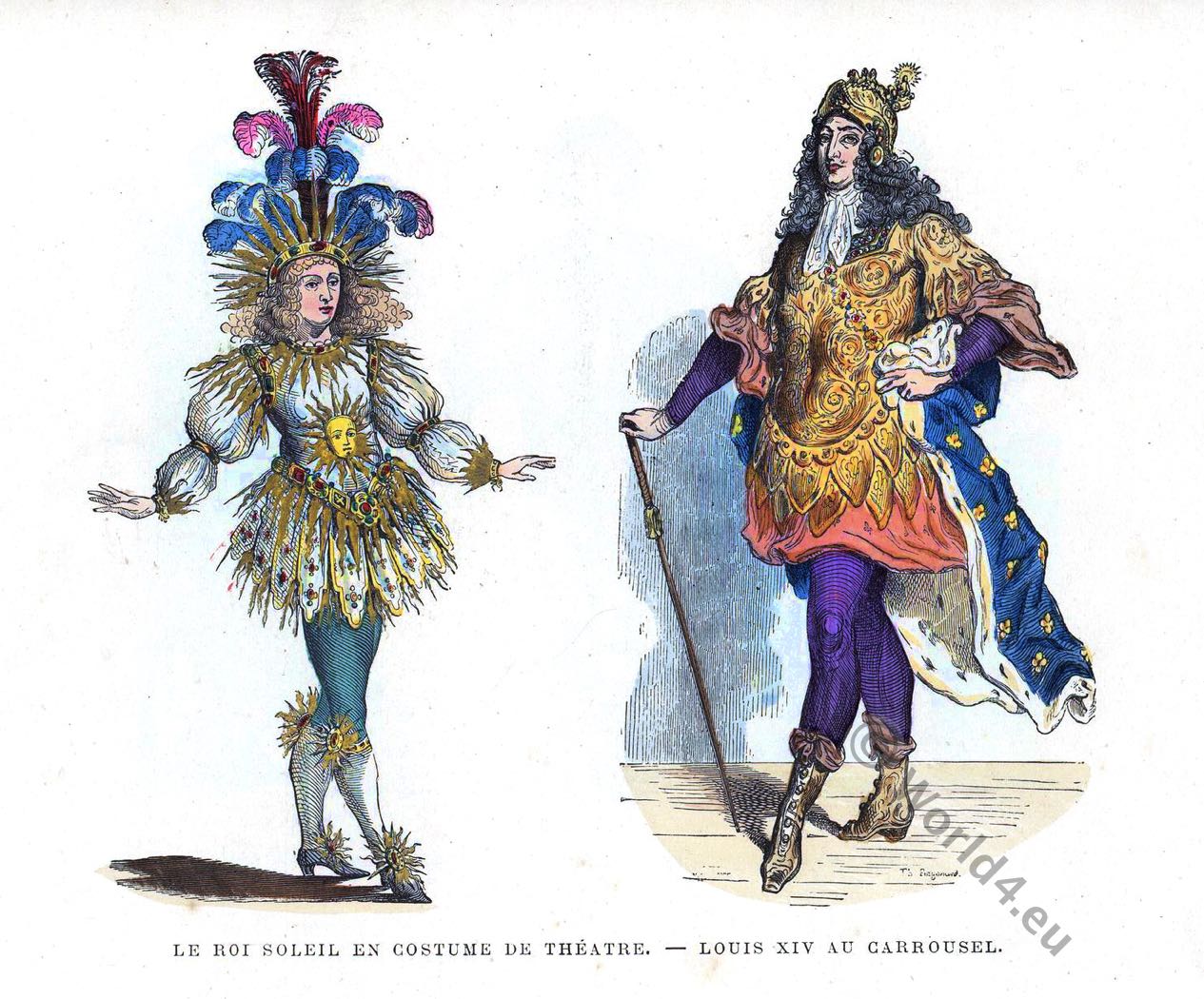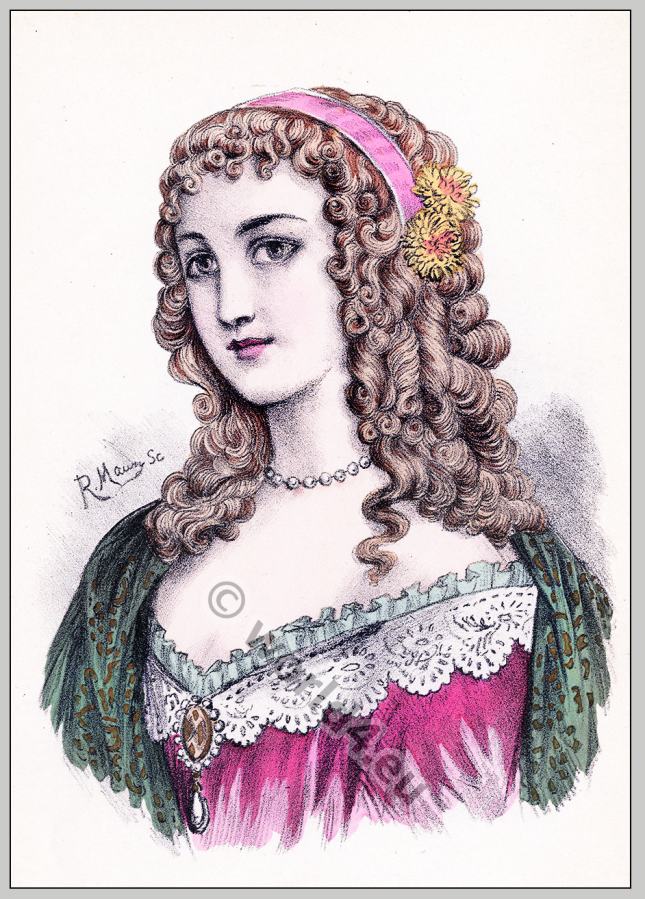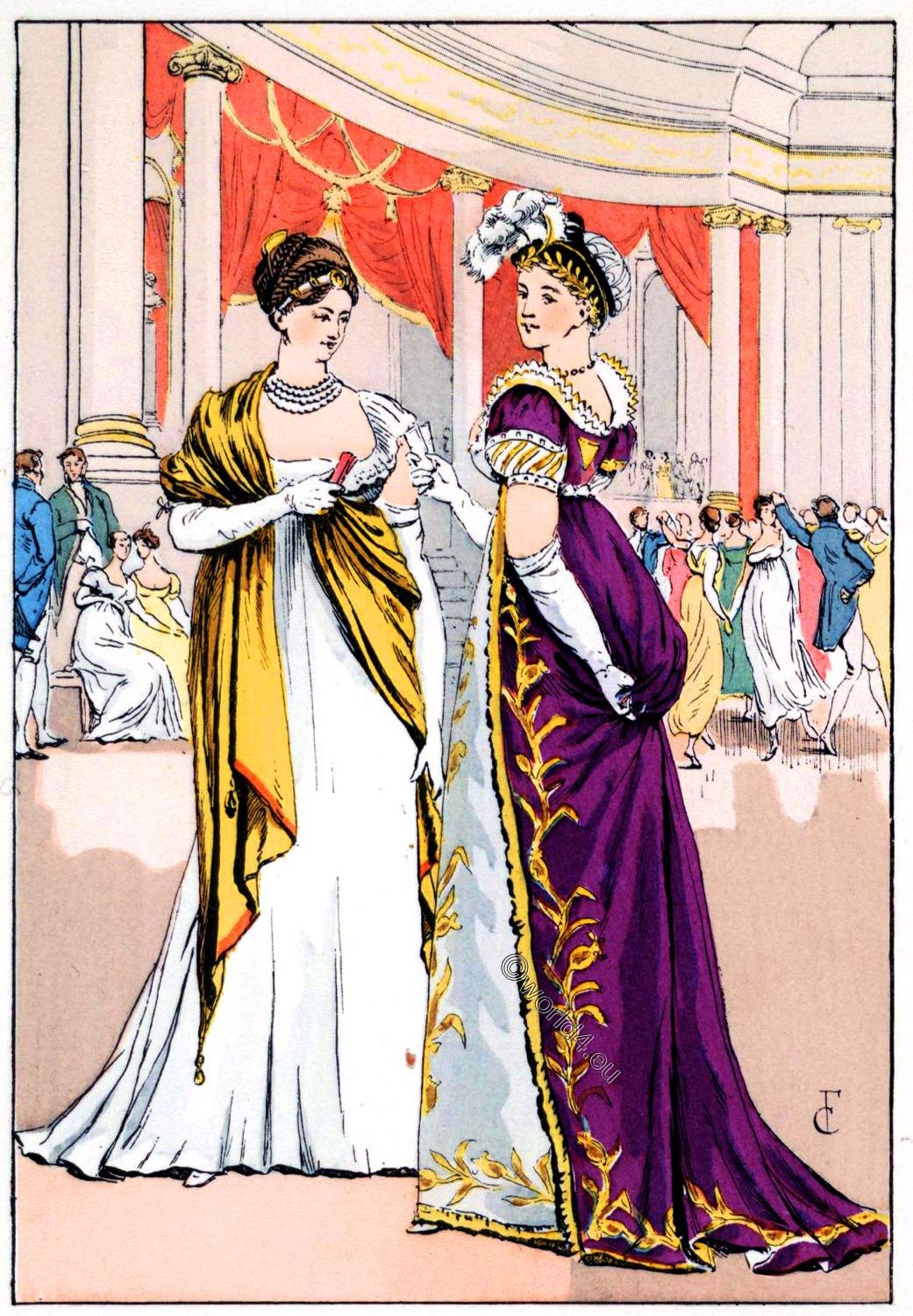
Womens fashion at an Official ball during the French Empire in 1804.
The two women depicted here at a ball are wearing more formal attire, closer to the ‘costume de cour.’ The attire of Napoleon’s court, and consequently the mode for his entourage, was codified in 1804.
The woman on the right is dressed very similarly to the code for the empress. Her dress is white silk, embroidered in gold. The collar is ringed with lace and a coat attached at the shoulders with a long tail.
The woman on the left is wearing a more simple, white empire-waist dress. White remained a very popular color for women during the Empire period.
Source: Fashion in Paris; the various phases of feminine taste and æsthetics from the revolution to the end of the XIXth century by Octave Uzanne, Lady Mary Loyd, François Courboin. London, W. Heinemann, 1901.
Related
Discover more from World4 Costume Culture History
Subscribe to get the latest posts sent to your email.

